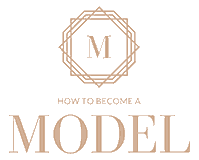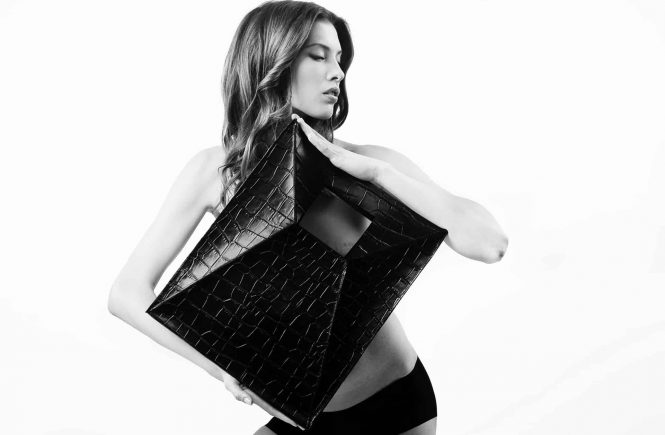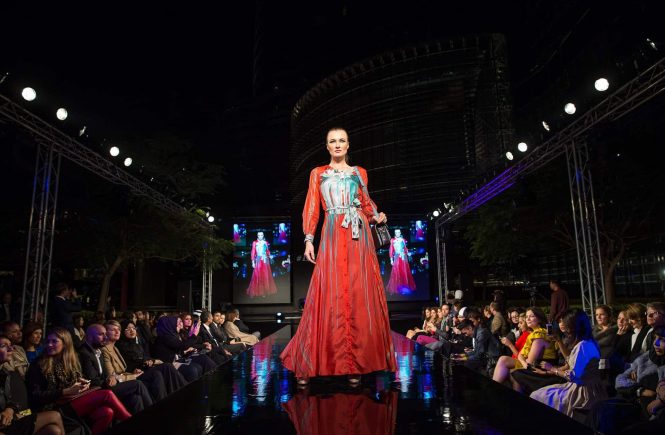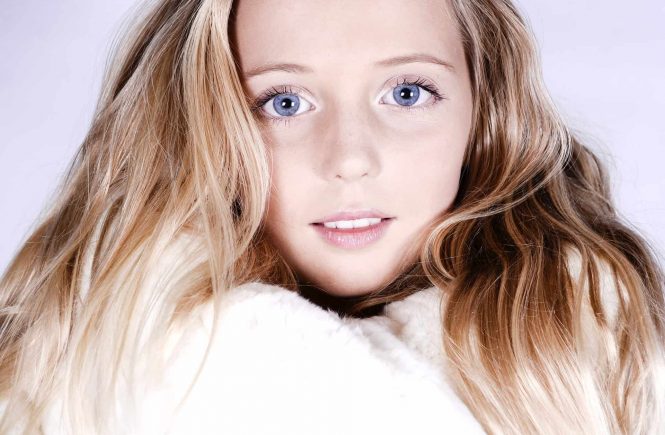When many people think of models, the image that immediately springs to mind is a high fashion model or a supermodel – such as Kate Moss, Naomi Campbell, Heidi Klum or Miranda Kerr. However, high fashion models and catwalk models represent only a small part of the industry!
Thankfully, for those looking to break into modelling there are many other types of models – this presents a great opportunity for novice models to break into the industry, gain experience and increase their exposure to that they can work their way up the ladder. And, luckily, models of all types can make a great income.
Considering becoming a model? Let’s explore some of the most popular model types:
Fashion Model / Editorial Model
If you’ve ever picked up an issue of Vogue, Harper’s Bazaar, Elle or other high-end fashion magazines, you’ll see fashion/editorial models lining the pages. Fashion models typically work for high end designers such as Louis Vuitton and Gucci. Editorial models are usually very tall and slim, with the typical measurements being 5’9 to 6’0 in height with a 33” bust, 23” waist and 33” hips. However, these measurements aren’t set in stone and agencies are searching for “the complete packages” so models who are taller, shorter, curvier or slimmer with great personalities, unique features or other selling points can still find work in this niche.
Runway Model / Catwalk Model
Runway models, as a prerequisite, must be tall! Runway models usually have a minimum height of 5’9 with precise measurements -this is so that they can easily fit into a range of clothing that the designers are going to be presenting at their fashion shows. Generally, designers prefer their catwalk models to all be a fairly uniform shape and size to minimise the number of alterations necessary to the garments backstage… having a team of models all roughly of the same proportions ensures that the backstage crew can easily assist the models in quickly dressing and getting back out onto the runway. Runway model measurements are usually no greater than 34” bust, 23” waist and 34” hips. Whilst fashion/editorial models are usually hired by an agency, runway models are hired by designers.
Commercial Model
Commercial models can be any age, size and height – which is great news for budding models hoping to break into the industry! Commercial models are used to help sell products and services so as a commercial model, you can expect to find yourself in product advertisements that are used to sell anything from housewares to food products, travel industry services, tech devices and consumables. Commercial models aren’t required to attend modelling classes or have any qualification (as often, it’s just about being discovered by the right brand (via your agent) and having “the right look” for a particular advert). However, it is highly recommended for aspiring commercial models to set themselves off on the right food by attending some basic acting classes.
Fitness Model
Fitness models must be toned, healthy, in tip top shape and with great muscle tone. There are usually no size or height requirements for fitness modelling, but being in great shape is a prerequisite. Many modelling agencies now have fitness modelling departments but many fitness models also choose to be self-represented and find work through social media platforms such as Instagram, which is now a very popular promotional tool for many Australian fitness models. Fitness models can expect to help promote active wear, gym equipment, diet and nutrition services and even tourism (as Australia is renowned internationally for having a fit, healthy and sunkissed, beachy image). Read more…
Plus Size Model / Curvy Model
“Plus size” in the modelling industry refers to models who are an AU Size 12 and over. Although an AU Size 12 isn’t considered as “plus size” in everyday life, the modelling industry (which is generally considered a very petite market) uses curvy bodies that are on the smallest possible end of the “plus size” spectrum to model clothes. Right now as the world and social media embraces body positivity, there is a great demand for fuller figures and the market for curvy models is incredibly diverse.
Petite Model
A petite model is generally on the shorter side, at 5’4 or under. Petite models may find it more difficult to find work as fashion models, however petite models can still find plenty of work in other niches such as print, glamour, commercial or promotional modelling.
Swimsuit Model / Lingerie Model
Swimsuit and lingerie models are generally curvier and more voluptuous than editorial models and can model lingerie, undergarments, swimsuits and more. These types of models are sometimes also referred to as Glamour Models, and this niche focuses highly on the model’s sex appeal, beauty and body than it does anything else. Glamour models are usually quite sexually suggestive in content and pose and are mostly geared at a male audience. Whilst there are no height or size requirements, swimsuit and lingerie models must be 18 years or over, legally. Models of this niche are typically hired to star in bikini, swimsuit, lingerie and form fitting attire – they may find work through an agent, however many swimsuit and lingerie models also find work freelance, as a commercial model or a print model. If you’re just starting out as a swimsuit or lingerie model, we strongly recommend first having an agent rather than going straight into freelance to ensure you’re earning what you’re worth and aren’t being taken advantage of. You’ll find swimsuit, lingerie and glamour models in the pages of Maxim, FHM and other similar magazines. Some glamour modelling involves nudity, so this type of model should be very comfortable and confident in their body.
Parts Model
A parts model specialises in modelling body parts such as hands, legs, feet and eyes. It might seem like a very specific niche, however jewellery stores hire parts models every day – if you’ve ever seen an advertisement for jewellery, watches or shoes… that advertisement will have been filled by a parts model. Clients searching for parts models look for well-proportioned body parts and those who can fit into sample sizes of shoes, gloves or jewellery. You may not recognise the face of a parts model… but you’ll definitely recognise their body! Parts models are well advised to take some introductory classes to learn the best ways to hold their bodies so that they look the most elegant and best showcase the products. Parts models also have to be able to hold their poses still for hours at a time (for instance, if modelling an entire jewellery catalogue!) so steadiness and endurance is a must – although this can be learned with experience.
Promotional Model
A promotional model, much like a commercial model, is hired to drive consumer demand for products, services and brands. While commercial models appear primarily in advertisements, promotional models will instead appear at trade shows and exhibitions – as such, holding poses still for hours at a time is not required so promotional models need not have extensive training – instead promotional models must ensure that they are personable, friendly and approachable (and of course, beautiful!) as they’ll be interacting with crowds. Promotional models also can appear at conventions, concerts, bars, parties or other live events. Promotional modelling is increasingly becoming a popular form of advertising so with plenty of demand, many aspiring models seek to start here!
Child Model
Many children these days are models – and child models need loads of personality! A child model must be able to work well on set and around strangers and for children, and professional headshots and agency representation isn’t required (so parents looking for their children to become child models need not shell out a lot of money at the start of their child’s career). If you’re a parent of a child model, be prepared to be flexible in your schedule! Many famous models started out as child models, including Natalie Portman and Brooke Shields. Read more…
Mature Age Model
A mature age model is a model over the age of 40 and these days, mature age models are in high demand! Marketing experts understand that campaigns now seek to feature diversity and need to reflect their target demographic. Guidelines for mature age models aren’t as strict as they are for catalogue or commercial models, so many mature age models enter the industry at a later age and can still find fulfilling, high-earning work in this niche. Read more…
Other less common categories of models include alternative (“alt”) models, pinup models, art models and social influencers.




